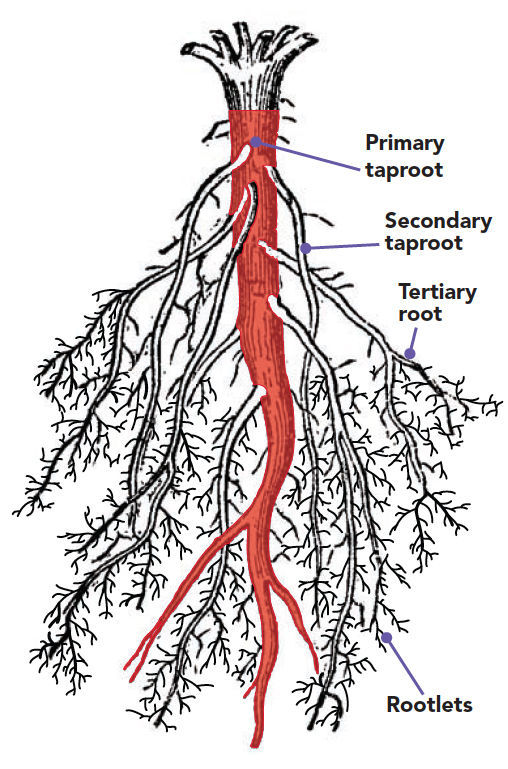
Digging deeper with taproots
There are two main types of roots—taproots and fibrous roots. A taproot is typically a long vertical, somewhat thickened root that is deeply anchored in the soil. Taproots are the first roots to emerge from the seed, although smaller lateral roots eventually branch from the taproot, increasing water and mineral absorption capacity. While the taproot remains the primary—largest and deepest—root, secondary and tertiary rootlets form a somewhat fibrous system closer to the soil surface.
- Common players: Classic taprooted plants include baptisia (Baptisia spp. and cvs.), butterfly weed (Asclepias spp. and cvs.), rattlesnake master (Eryngium yuccifolium and cvs.), amsonia (Amsonia spp. and cvs.), and the lowly dandelion.
- Drought tolerance: Taprooted plants are generally able to draw water from a greater depth, an especially important trait in dry areas.
- Longevity: In some cases, the primary taproot on established plants is replaced by a fibrous system over time. Fibrous root systems are a dense network of smaller roots arising at the base of the plant and are generally shallower than taproots. Plants with fibrous roots tend to grow in areas with plentiful moisture.
- Moving: Due to the deep roots of taprooted plants, moving them is difficult. They generally droop and pout for a while after relocation, assuming you were able to get out most of their root systems intact.
- Division: Digging and/or dividing taprooted plants can be challenging. Divisions need an eye of the taproot and some smaller roots to regenerate, and deep taproots can be difficult to extract from the soil without a large soil ball attached.
Illustration: Quagga Media/Alamy Stock Photo.
This article first appeared as a sidebar in Fine Gardening Issue 187‘s Bluestar: A Native Plant for the Masses
Fine Gardening Recommended Products

Lee Valley Garden Knife
Fine Gardening receives a commission for items purchased through links on this site, including Amazon Associates and other affiliate advertising programs.
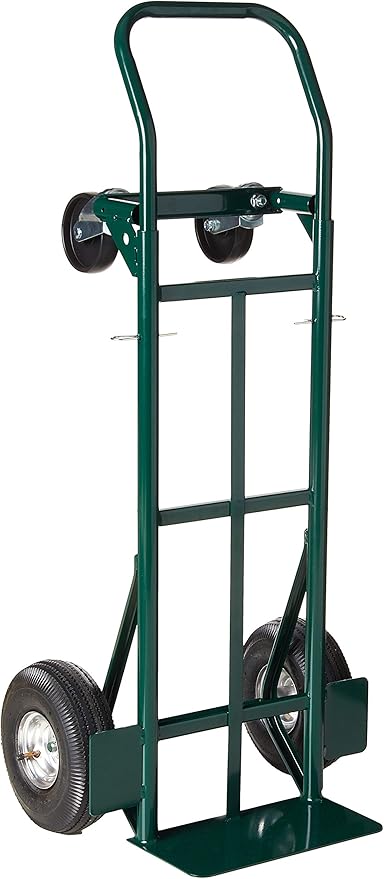
Harper Super Steel 700-lb. Platform Hand Truck
Fine Gardening receives a commission for items purchased through links on this site, including Amazon Associates and other affiliate advertising programs.
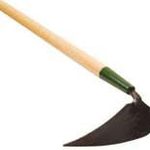
Long Handle EZ-Digger
Fine Gardening receives a commission for items purchased through links on this site, including Amazon Associates and other affiliate advertising programs.



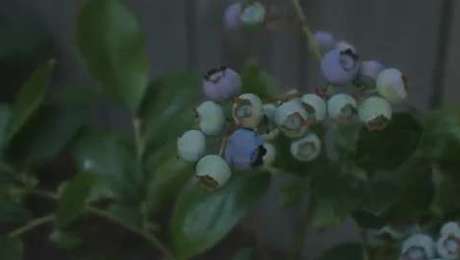



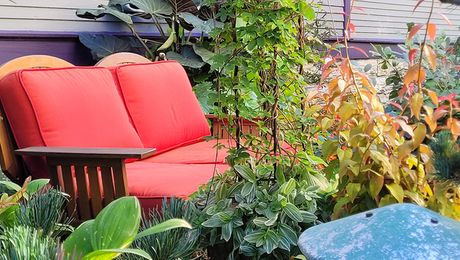











Comments
Mapquest directions are more difficult to transport tap-rooted plants with deep roots. They droop and pout the following transfer, assuming you acquire most of their roots.
@slope io
Log in or create an account to post a comment.
Sign up Log in